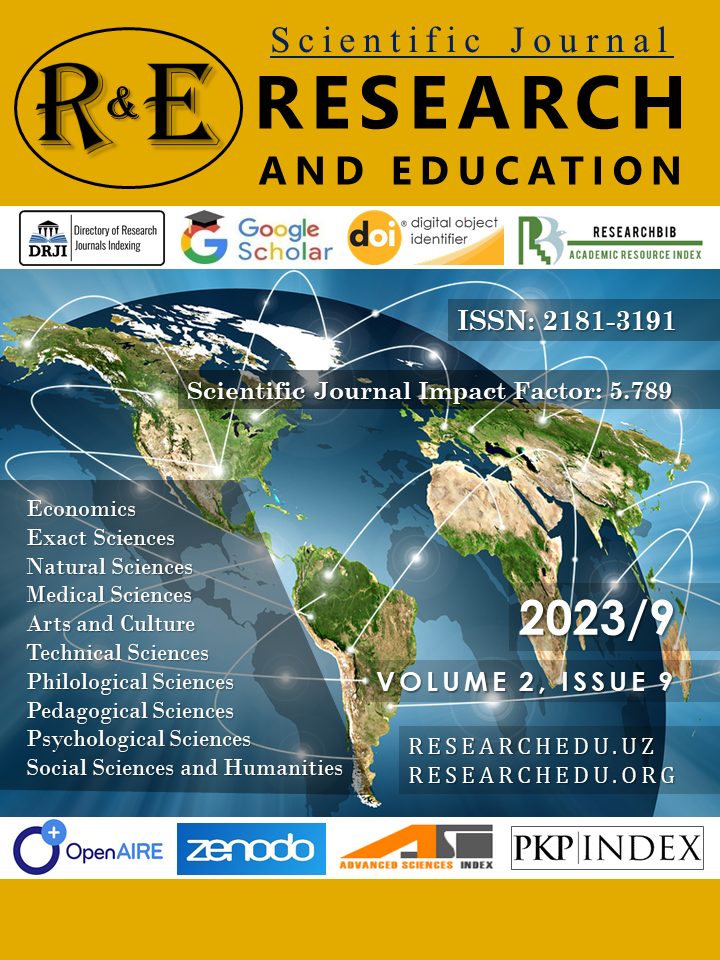SIMULATION TRAINING IN BASIC CPR: ENHANCING SKILLS AND IMPROVING OUTCOMES
Keywords:
Simulation training, emergency care, education.Abstract
Simulation training has emerged as an effective method for teaching basic cardiopulmonary resuscitation (CPR) skills, providing learners with an immersive and realistic learning experience. This article explores the benefits of simulation training in CPR, focusing on increased engagement, enhanced skill retention, and the opportunity to practice in a safe and controlled environment. Simulation training allows participants to practice key techniques such as chest compressions, rescue breaths, and defibrillation, through hands-on and interactive learning. Immediate feedback and debriefing sessions following simulation scenarios enable learners to reflect on their performance, identify areas for improvement, and enhance knowledge retention. Moreover, simulation training emphasizes the importance of teamwork and communication skills in CPR, promoting interprofessional collaboration and clear role assignment in simulated CPR scenarios. Crisis resource management principles are introduced during simulation training, emphasizing leadership, prioritization, and coordination in resuscitation efforts. By incorporating simulation training into CPR education programs, healthcare providers can improve their competence and confidence in performing CPR, leading to better patient outcomes. Simulation training offers a safe and controlled environment for learners to practice CPR techniques, fostering active engagement and learning. The integration of simulation training enhances the acquisition and retention of CPR skills, promotes effective teamwork, and contributes to overall improvements in CPR education and patient safety
References
American Psychological Association. (2021). Publication manual of the American Psychological Association (7th ed.). https://apastyle.apa.org/pubmanual/
Harvard University. (2021). Harvard referencing guide. https://guides.library.harvard.edu/referencing
Modern Language Association. (2021). MLA handbook (9th ed.). https://style.mla.org/mla-handbook-ninth-edition/
Purdue Online Writing Lab. (2021). APA formatting and style guide. https://owl.purdue.edu/owl/research_and_citation/apa_style/apa_formatting_and_style_guide/general_format.html
University of Chicago Press. (2021). The Chicago manual of style (17th ed.). https://www.chicagomanualofstyle.org/home.html
University of Oxford. (2021). Oxford referencing style guide. https://www.ox.ac.uk/students/academic/guidance/skills/plagiarism?wssl=1
University of Sydney. (2021). Harvard referencing style guide. https://library.sydney.edu.au/help/referencing/harvard.html
Najmutdinova, D. Q., Parpibaeva, D. A., Salaeva, M. S., Salimova, N. D., Ergashov, N. S., & Sultonova, D. A. (2023). Тhe role of fenofibrate (tricor) in the complex treatment of microangiopathic complications in patients with type 2 diabetes.
Valiyevna, T. U., & Qudrat o‘gli, B. X. (2022). Unnecessary Antibiotic Use: A Questionnaire on Assessing The Compatibility of Knowledge And Practice Among Students.
Parpibaeva, D. A., Sh, E. N., Salaeva, M. S., Salimova, N. D., Boltaboev, X. Q., & Turbanova, U. V. (2023). THE EFFECTIVENESS AND FUTURE DIRECTIONS OF CPR SIMULATORS IN HEALTHCARE TRAINING. Spectrum Journal of Innovation, Reforms and Development, 15, 325-329.


